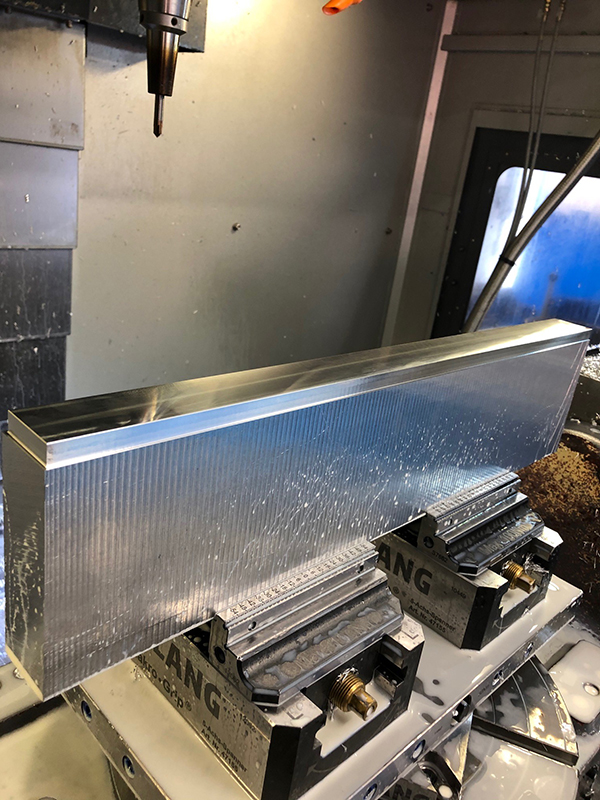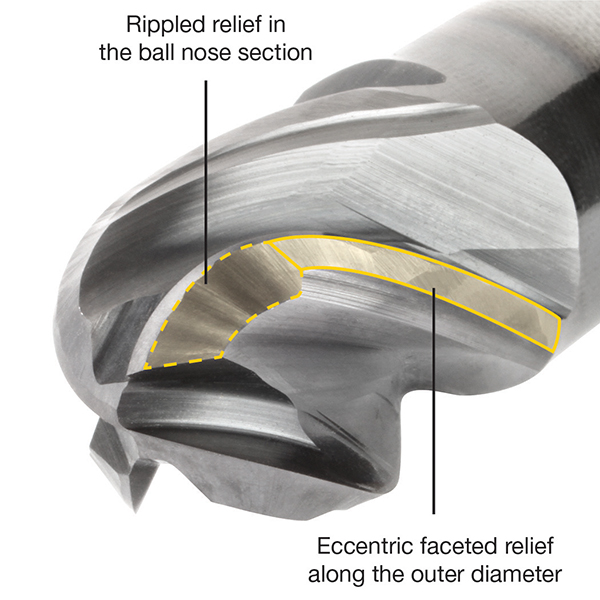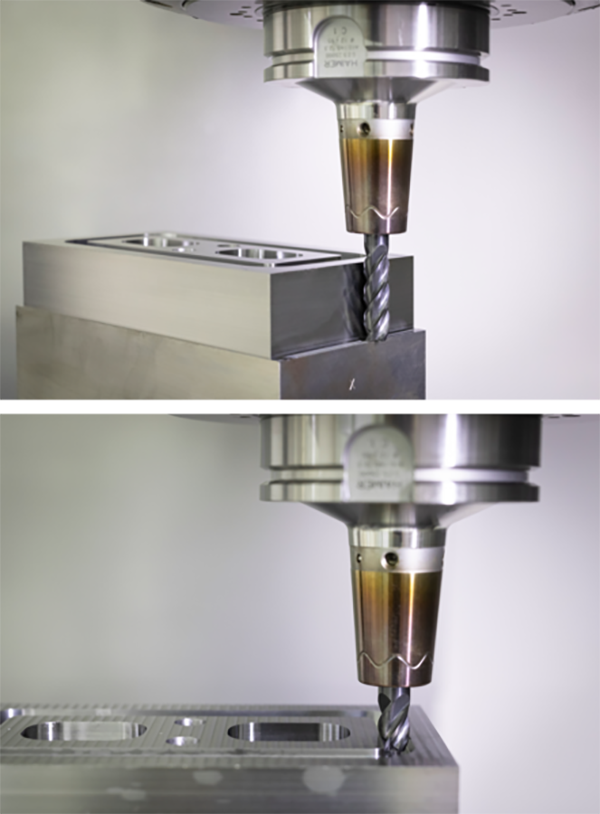
As a prominent tier-one subcontract supplier to leading aerospace OEMs, Coventry-based Arrowsmith Engineering relies upon the expertise of its supply chain, and in particular MSC Industrial Supply.
Arrowsmith, like the entire aerospace sector, has witnessed the perfect storm of reduced orders and output, COVID-compliant distancing and staff on furlough – all created by worldwide flight restrictions. However, Arrowsmith has overcome numerous industry downturns in its five decades of business, and this experience has seen the company once again adapt to market conditions. With MSC supporting the subcontractor over the past five years to deliver cost reductions and productivity savings of more than £500,000, Arrowsmith has again called upon its supply partner to support it in the machining of more than 50 aluminium engine components.
MSC reviewed the proposed strategy for five set-ups on a pair of three-axis machining centres and subsequently adapted the process to two set-ups on a single five-axis machine.
The solution included the adaptation of the existing zero-point clamping system to add a secondary clamping plate and two Lang vices for clamping the extra-long parts.
In terms of tools, MSC knew that machining aluminium aerospace components of this type is best suited to the solid-carbide milling range offered by SGS Carbide. Sharing the details of the project with SGS, MSC remotely created and optimised a selection of cutting tools that would enhance machining performance and tool life, while consolidating the number of tools required.
By adapting the machining strategy to just two set-ups, MSC has guaranteed process stability for critical aerospace components with tolerances across the part tied to less than 50 µm. MSC has also instigated a machining strategy that is yielding a cycle time of just 2 hours 20 minutes.
For further information
www.mscdirect.co.uk























